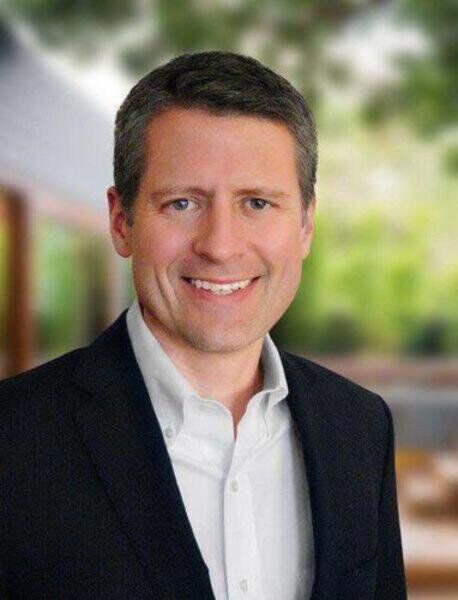FOWLER: Determining who is our customer
Published 9:30 am Sunday, March 13, 2022

- Curt Fowler
“Nobody can guarantee your job. Only customers can guarantee your job.” – Jack Welch, ex-CEO of General Electric
We have been looking deeper into the five questions that Peter Drucker would ask you today if he sat down with you to talk about the organization you lead.
Those questions are:
– What is our mission (or purpose)?
– Who is our customer (core customer)?
– What does the customer value?
– What are our results?
What is our plan?
Today, let’s answer the question: “Who is our customer?”
It seems like a simple question, right? Our customers are the people who pay us. Yes, but what if we asked the question a bit differently? Let’s ask the question like this:
“Who must be satisfied for the organization to achieve its goals?”
Every organization, whether for-profit or nonprofit has two types of customers: Primary and Secondary.
Primary Customers: Are your core customers. These are the people you were made to serve. You are passionate about making a difference in their lives and your organization is great at delivering value to them. Your primary or “core” customer comes first in every decision you make. If you don’t serve them well, you fail.
Secondary Customers: These are people (or groups) who must be satisfied to win but you cannot put their needs ahead of the needs of your primary customer.
Secondary customers can include buyers who are not your primary customer, shareholders, the communities you work in, your employees, the families of your employees (if momma/papa ain’t happy, ain’t nobody happy!), lenders, vendors and the government (if we don’t pay our taxes, things can get ugly quick!).
There are plenty of other secondary customers that you must consider when making decisions that best serve your primary customer. Make your own list of secondary customers and prioritize them. Some you can ignore, many you can’t. Just don’t forget the order of your priorities. Serve your primary customer first in a way that allows you to serve the secondary customers that matter to you.
Let’s talk about shareholders for a moment. For a long time, many believed that the shareholder was your primary customer. You served shareholders first and everyone else last. This led to a lot of short-term decision-making that hurt shareholders in the long term. Smart leaders learned that serving your primary customer first led to the greatest long-term returns for shareholders.
Who is your Primary Customer?
In his book, “The Inside Advantage,” Robert Bloom defines your core customer as:
“The ‘Who’ that is most likely to buy your core product or service in the quantity required for optimal profit.”
Peter Drucker stated this regarding customers: “The purpose of a company is to create a customer. … The only profit center is the customer.”
Philip Kotler, known to many as the father of marketing, states that if Peter were here today, he would adjust that statement. Today, he would say:
“The best companies don’t create customers, they create fans. He would say it is less important to report better profits this year than to check on whether you improved your share of the customer’s mind and heart this year.”
More and more, we choose our primary customers. We may have an existing stable of customers that we serve but should they be your primary customers of the future?
To help find who our primary customer should be, ask yourself these three questions. Your core customer exists at the intersection of the three answers.
1. Who are we passionate about serving?
2. Who can we be best in the world at serving?
3. Who can/should drive your economic engine?
These questions are a modification of the three circles of Jim Collins’ “Hedgehog Concept.” By asking who, rather than what we can focus our organization on the customers that are the future of the organization.
Once we know who our core customer is we must fanatically listen to them. We must be so close to our customers that no competitor can get in between you and that customer.
Customers’ needs will change. We must be there to meet those changing needs in a way that serves our core customers best. This means rapid innovation must be a part of the DNA of every company that wants to be successful in the long run.
We must remember that customers buy a product or service for the outcome. Taxi cabs help us get from place to place. Uber came in and met that need better.
We don’t want our businesses to become the next taxi cab. Knowing your core customers and staying close to them will help avoid that.
“So in the end, we must master our knowledge of who are the target customers, who and what influences them, and how to create highly satisfying customer experiences.” – Philip Kotler
Curt Fowler is president of Fowler & Company and director at Fowler, Holley, Rambo & Stalvey. He is dedicated to helping leaders build great organizations and better lives for themselves and the people they lead.
Curt and the team at FHRS help leaders build great companies through Fractional CFO, strategy, tax and accounting services.
To help you on your journey we’ve created some great, free resources. Check them out at www.valuesdrivenresults.com/resource-library/ or give us a call at (229) 244-1559. We’d love to help you in any way we can.





